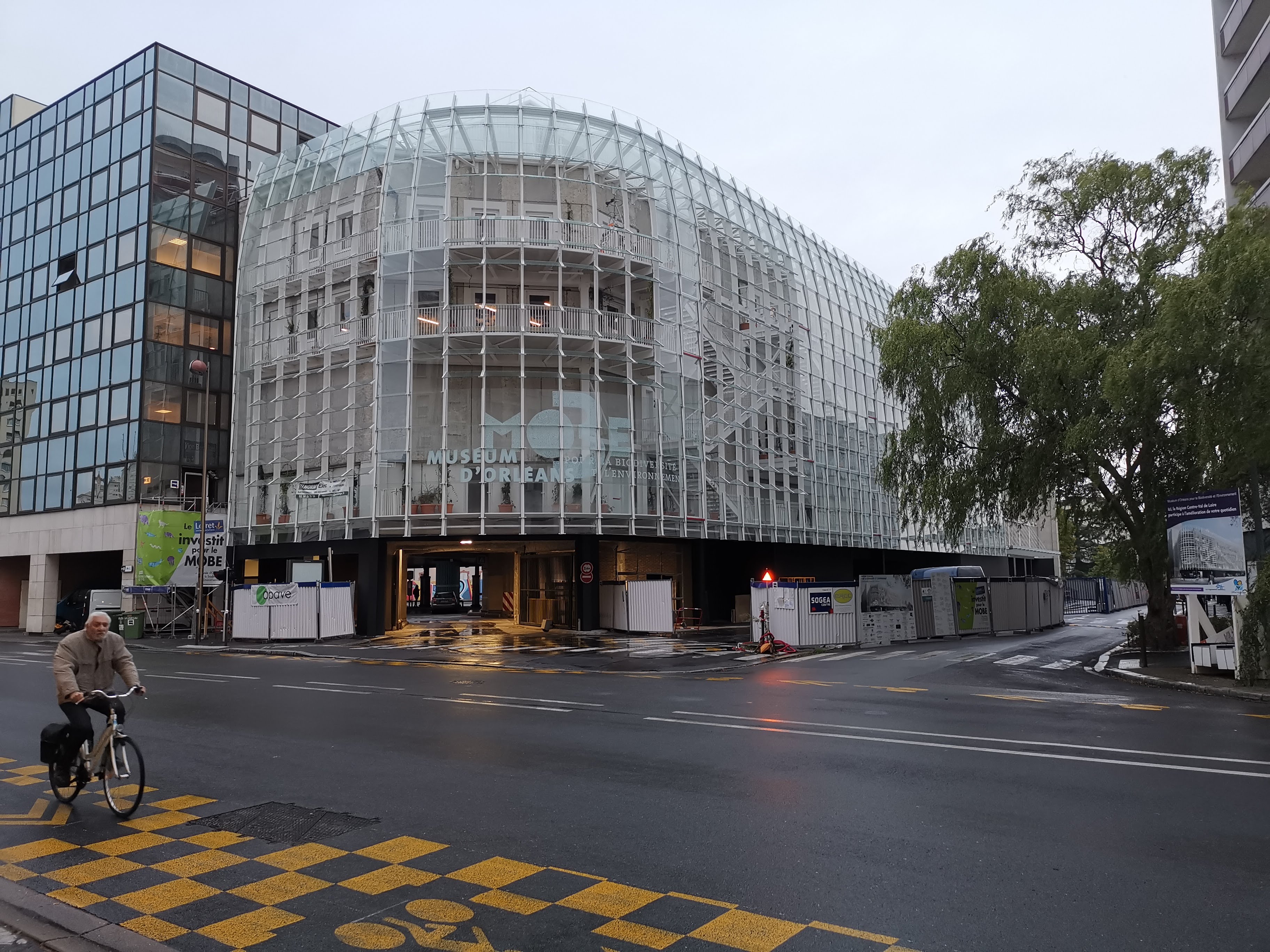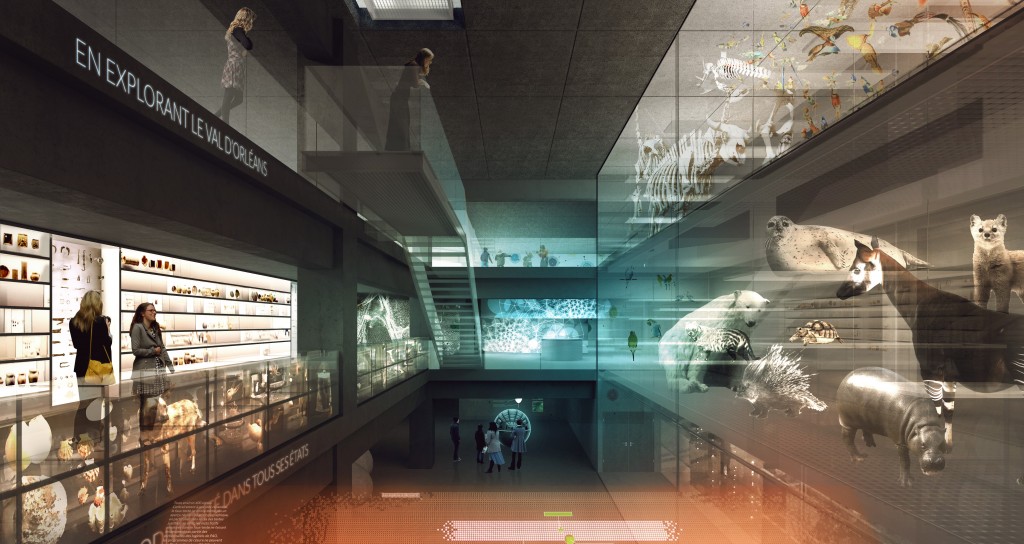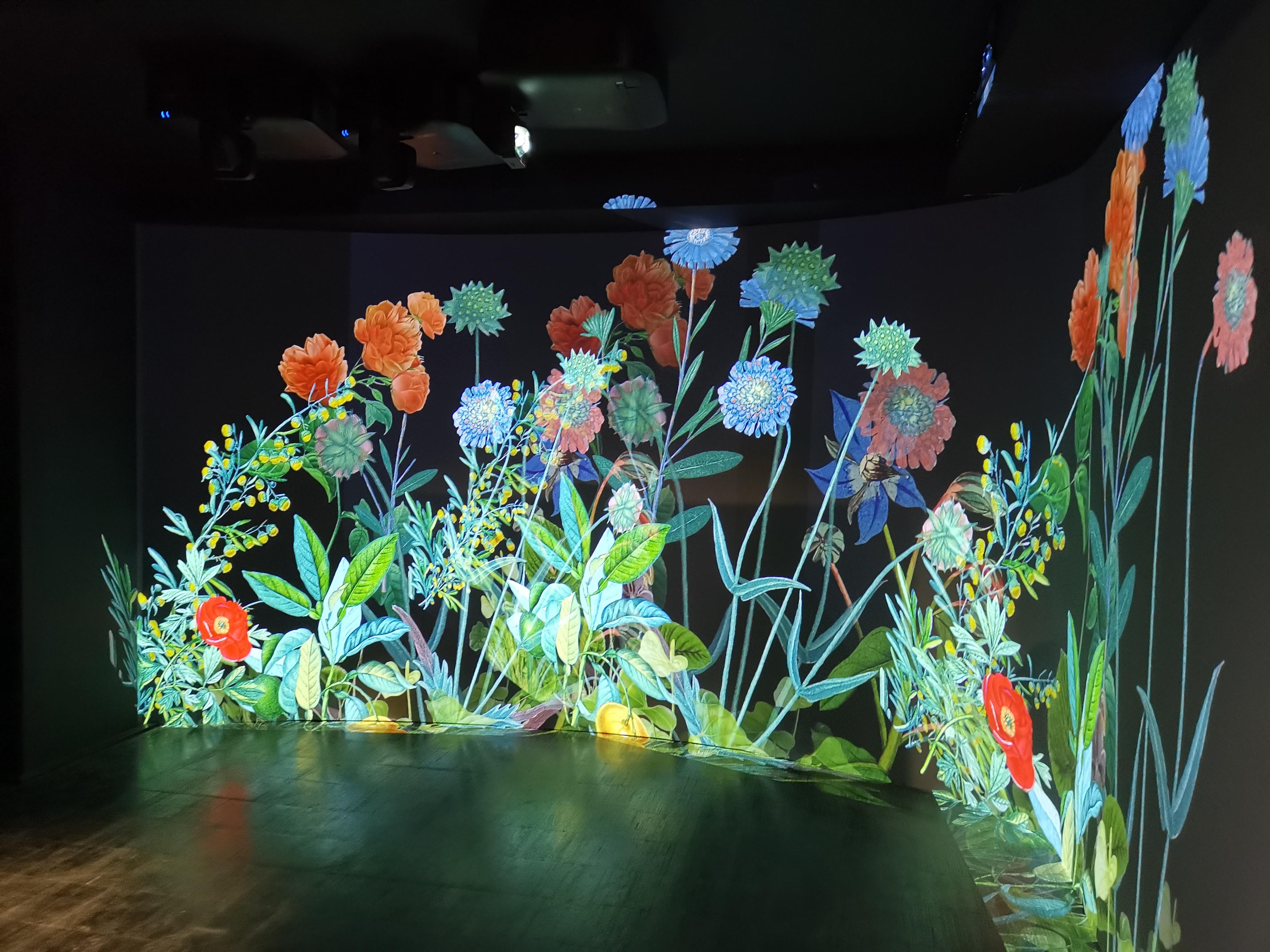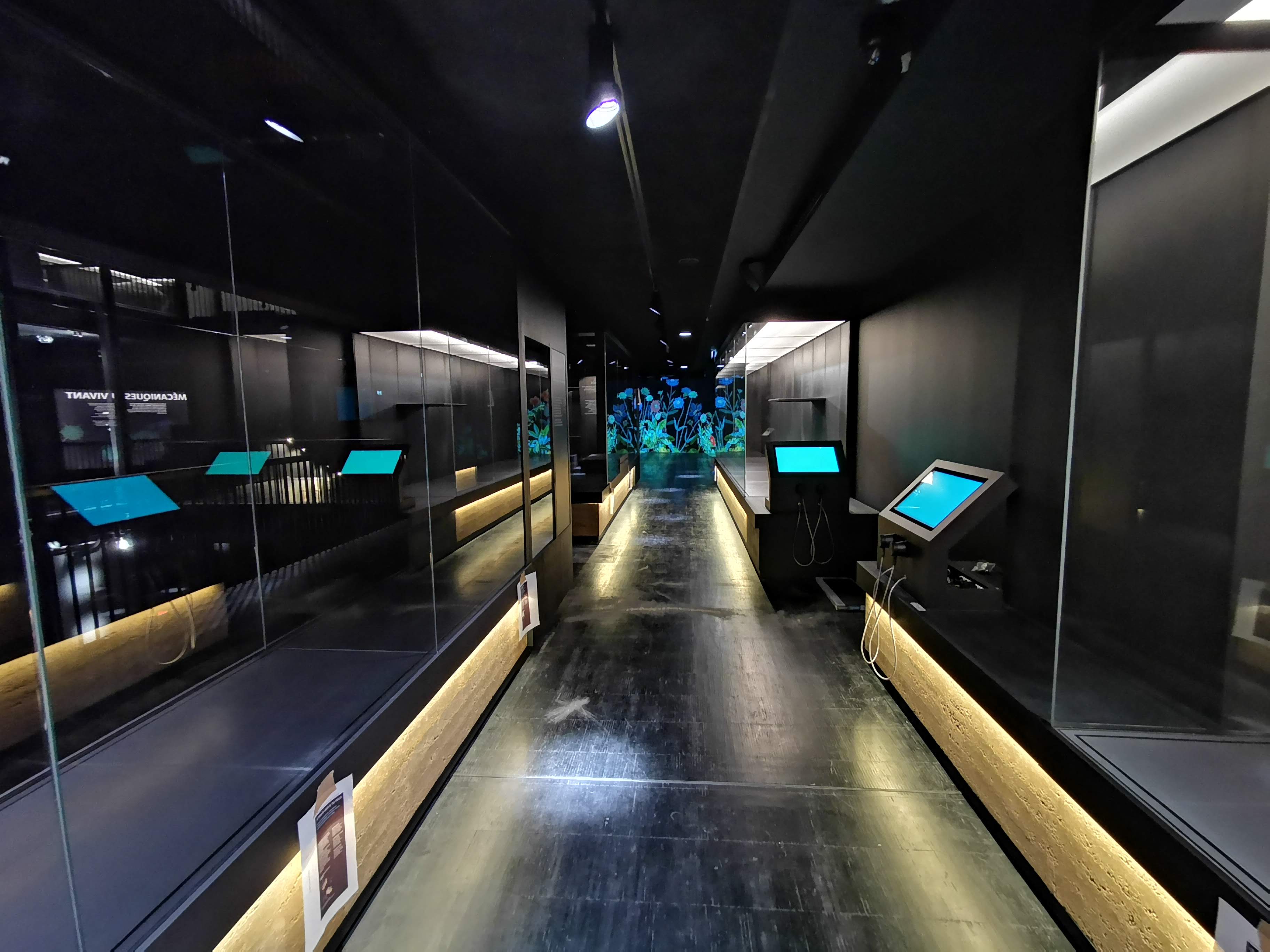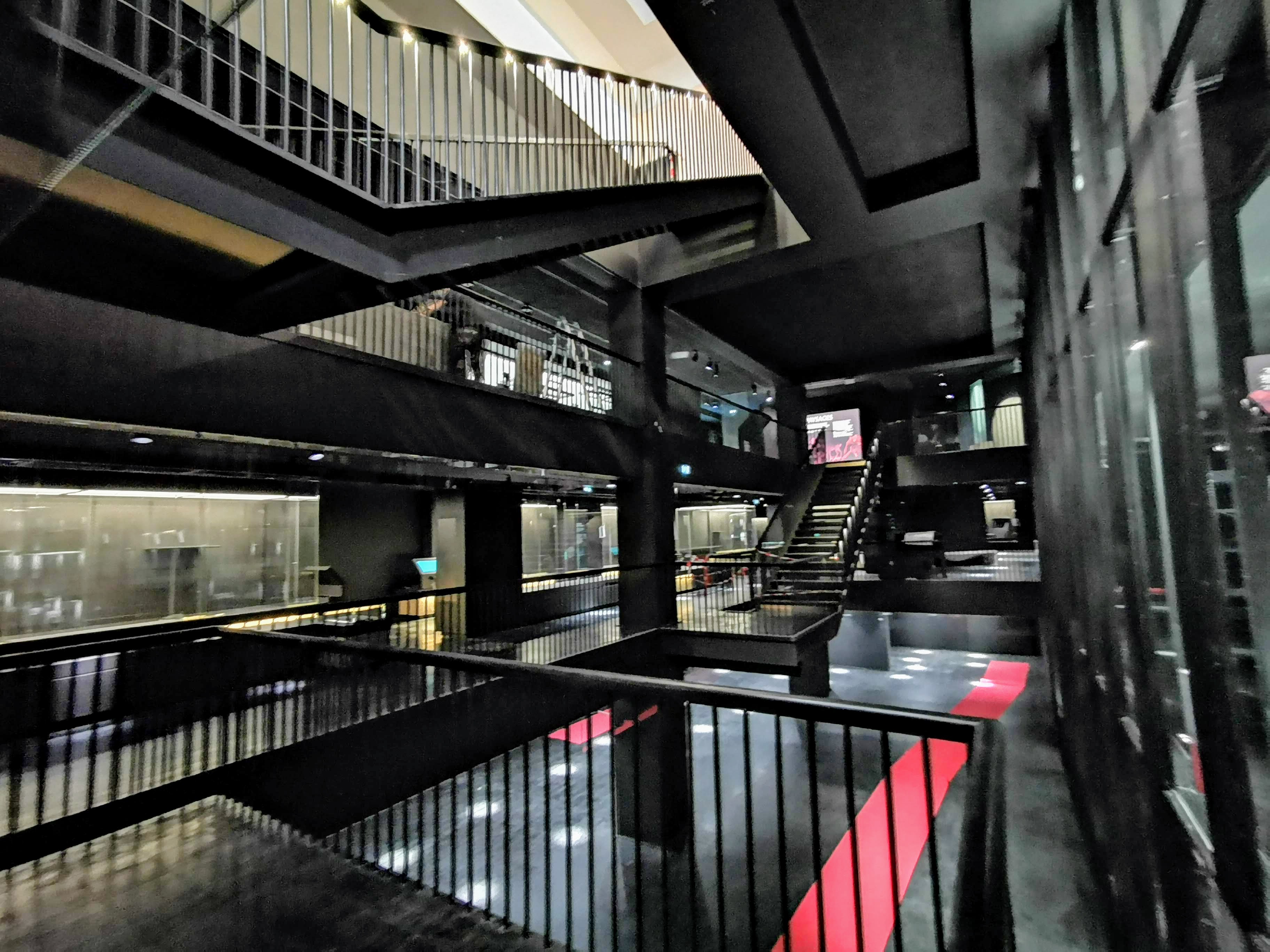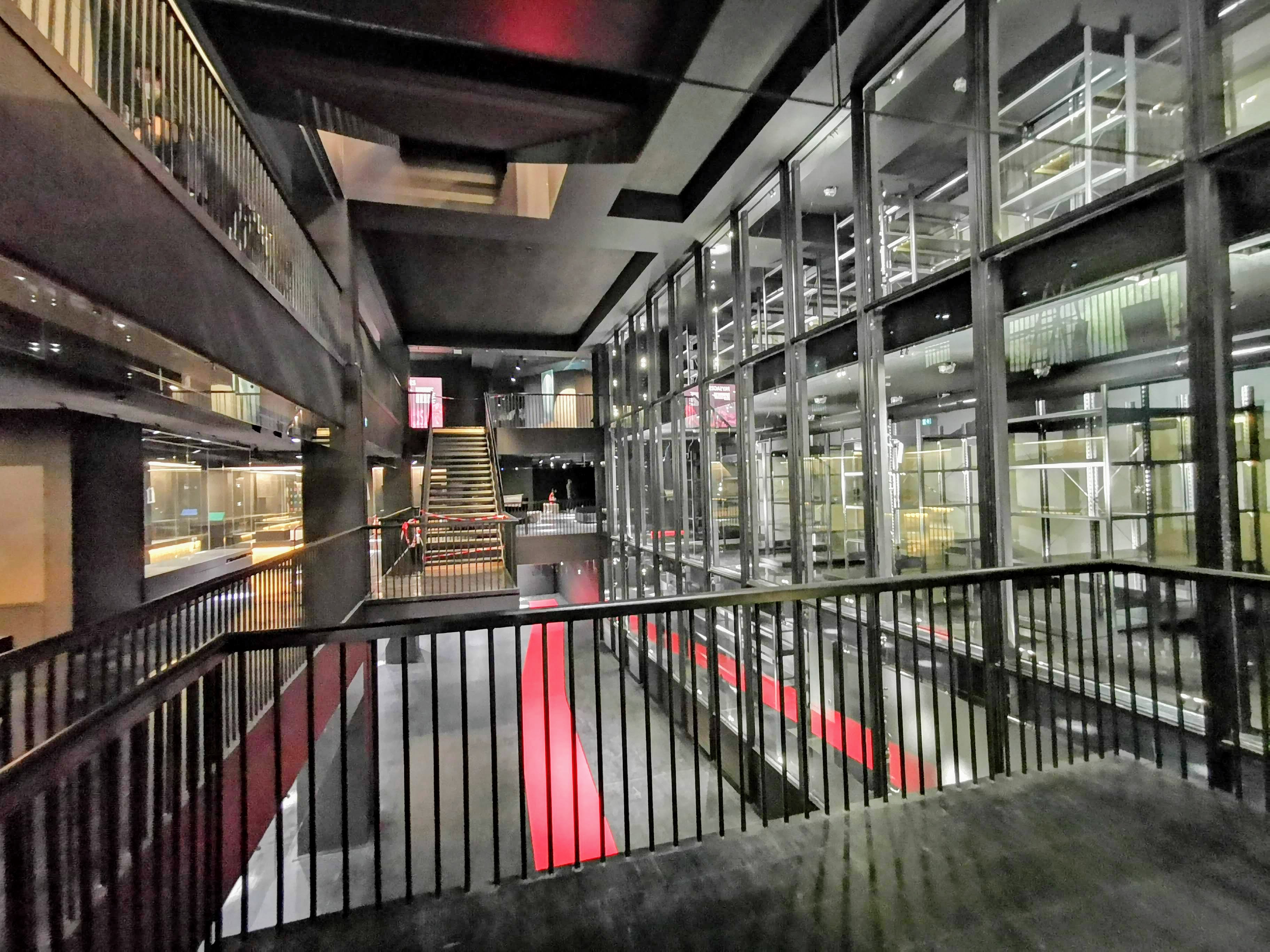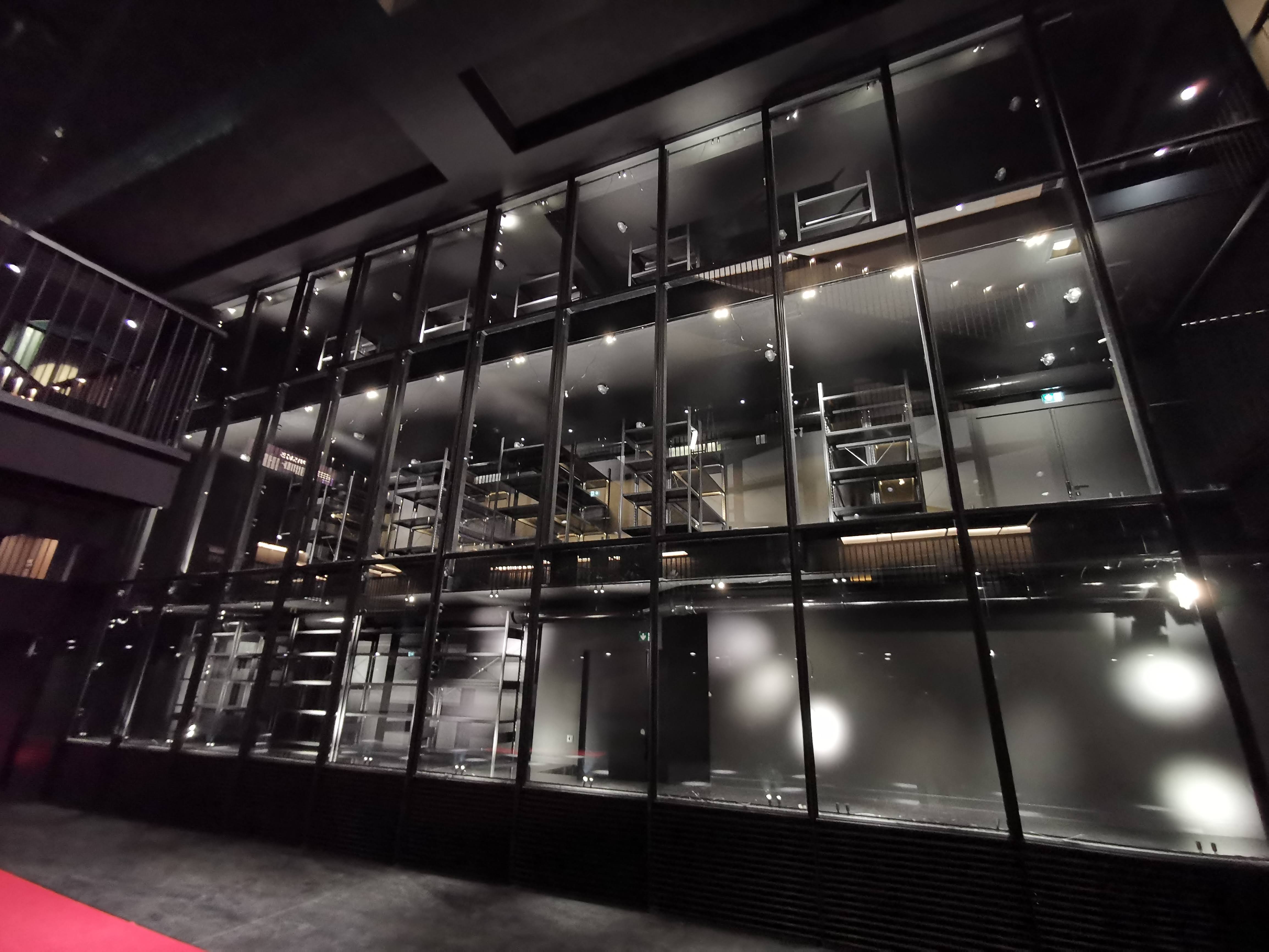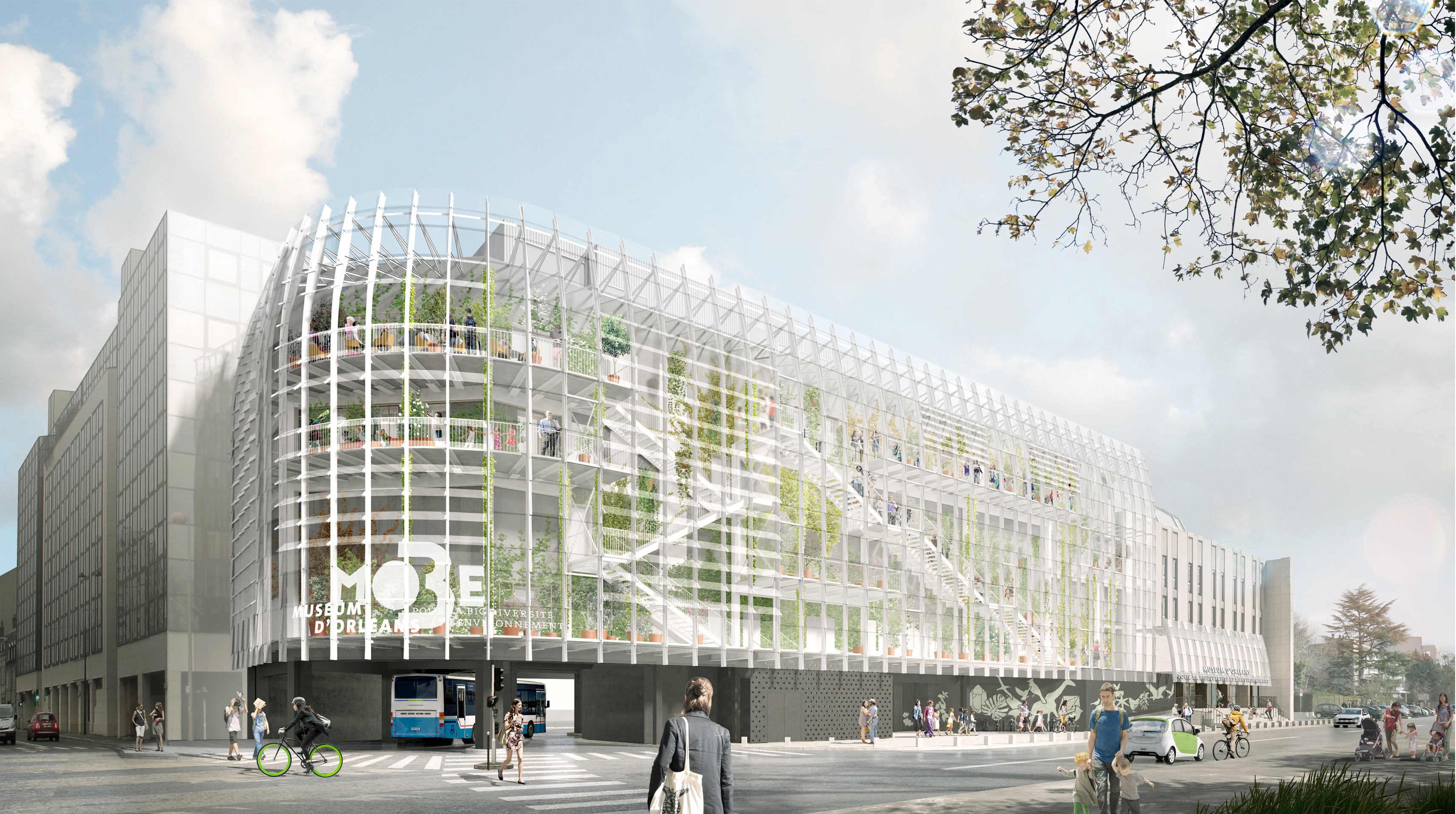Musée d’Orléans pour la Biodiversité et l’Environnement, MOBE
Orléans
Orléans
The Orleans museum for biodiversity and the environment is a museum dedicated to natural heritage and scientific culture.
Project
Museum d’Orleans pour la Biodiversité et l’Environnement MOBE
Location
MOBE, 45000 Orléans, France
Category
Museum
Opening
May 2021
Client
City council of Orleans
Surface m²
3.000 m2
Scope of work
Technical management
Lighting design
Audiovisual and multimedia engineering.
Show control CFO/CFA
Partners
Scenography : Scenevolution
Lighting design : Noctulica
Graphism : C-Album
Audiovisual integration : ETC
Museography : Laure Danilo
Audiovisual Production : AnimaViva
Set Builder: Promuseum
Mandatory architect : Joly & Noiret
Photographs: © Mobe
The Orleans Museum for Biodiversity and the Environment is a museum dedicated to natural heritage and scientific culture.
As a conservation center for natural heritage, it documents the fauna, flora and geology of the Centre-Val de Loire region and beyond. Its 435,000 specimens represent an inexhaustible wealth of information, thanks to scientific studies, past, present and future.
The MOBE offers the possibility to look at the world around us, to understand major scientific issues, to take another look at science and our environment, while sharpening one's critical mind!
From the ground floor, an impressive showcase unfolds over three floors opposite a vast atrium. This monumental and evolving showcase teaches the different types of collections kept at the museum.
The plateau on the second floor allows the discovery of the history of the Orléans Museum in figures and collections. A vast temporary space hosts both temporary exhibitions and various participatory projects. The second floor of the MOBE explores the "Mechanics of Life". Through a multi-media exhibition, the visitor penetrates into the functioning and evolution of life on Earth.
On the 3rd floor of the MOBE, the public discovers the formation of landscapes. Since ancient times when life was very different, many geological changes have shaped our environment. After the settlement of man in the region, the ecosystems of the temperate regions, illustrated by the regional fauna and flora, the wet or dry environments, the forests or agricultural environments and even the urban environment are approached.
On the fourth floor, multiple spaces intersect, between exhibitions, scientific news, reading corner, game library, coffee area, access to the greenhouse, ant farm and conference rooms.
